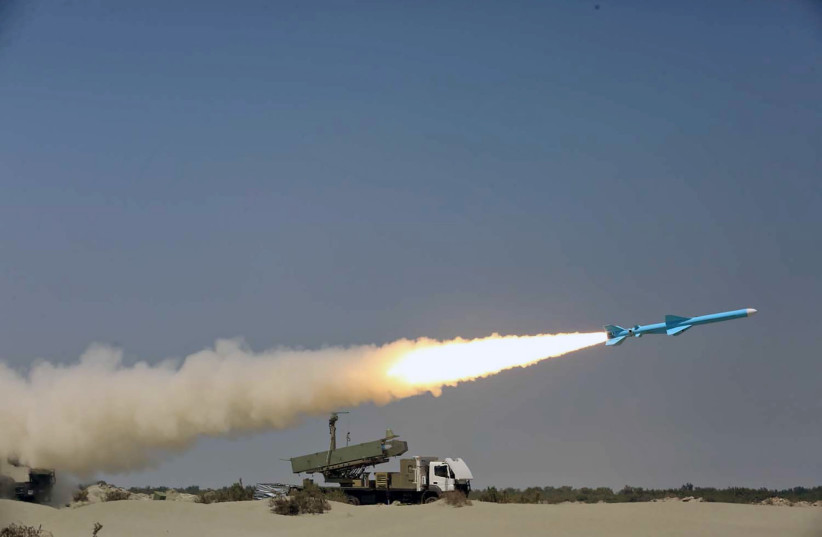Iranian Defense Minister Amir Hatami says the country expects to begin exporting arms now that the arms embargo on the country is lifted.
The arms embargo was lifted as part of the Joint Comprehensive Plan of Action, or JCPOA, despite US objections. Iran has seen this as a major victory over Washington. It comes just a month before US elections could potentially reverse US policy in the last several years that sought to pressure Iran economically.
Iran’s missile and drone programs threaten Israel, and Iran has continued its attempt to export these key systems via Iraq to Syria and Hezbollah in Lebanon. Iran’s claims about its weapon-program abilities is designed to show it can strike at enemies far from home.
Iran’s message on arms exports is interesting because it indicates the general view that the danger of the expiration of the embargo may be more complex than the notion that Iran will now import weapons as a threat.
Iran’s economy is a mess, and the country does not have huge funds to buy foreign weapons. Instead, Iran, because it was under siege from US sanctions, has perfected certain weapon capabilities that mesh well with its defense outlook. It uses ballistic missiles and drones to create a tactical and strategic threat to the region.
Iran’s multilayered drone and missile threat is in contrast to its weak conventional forces. It has starved its regular army of resources and plowed them into the IRGC’s Aerospace Force. In doing so, it created an asymmetric threat to Saudi Arabia, the Gulf States, US bases in Iraq and also against Israel.
Iran exports precision-guided munitions via Syria to Hezbollah. It has sent ballistic missiles to Iraq and carried out precision strikes in Iraq, Syria and Saudi Arabia. READ MORE

